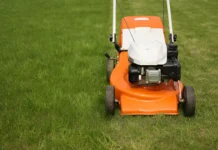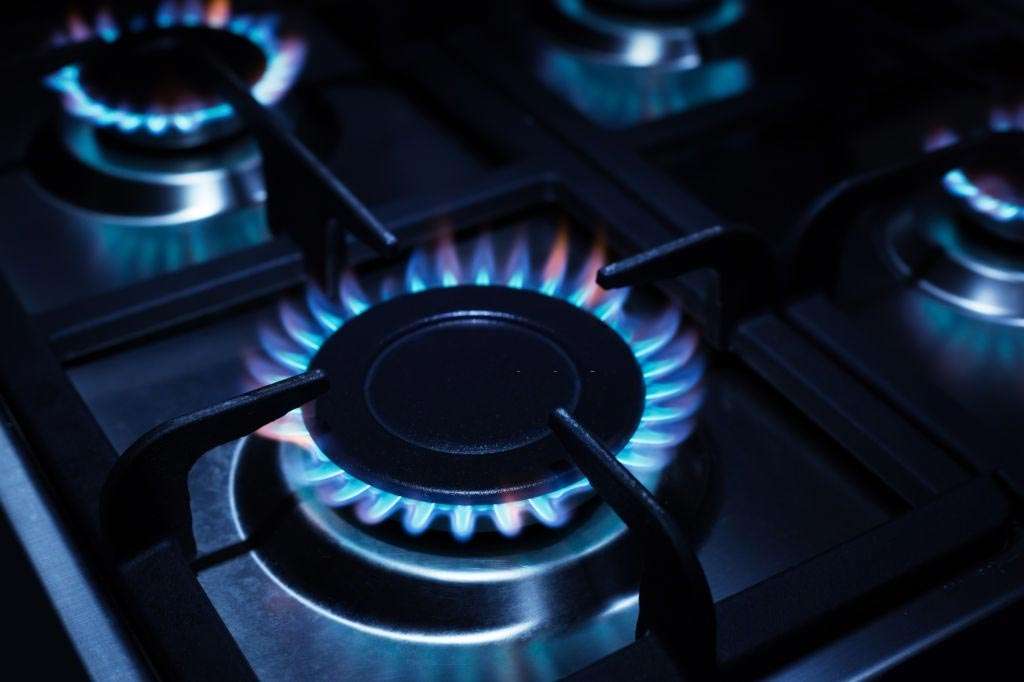Some people might think that disconnecting a gas stove is as easy as just turning off the valve, but it’s more complicated than that. If you do not know what you are doing, there could be some serious consequences.
Here is everything you need to know about how to disconnect a gas stove safely and properly so that your family stays safe. Check it out now!
Table of contents
Is It Safe To Disconnect A Gas Stove?
It’s easy to think that you’re too busy with your own life and don’t have time for something as simple.
However, in reality, it only takes a few minutes of work before things will be going smoothly again. You may even avoid getting stuck at home while everyone else has gone out.
To ensure you don’t have any slow leaks, it’s important to check for gas once the stove has been turned off and disconnected from its source.
It might be hard to tell whether there’s a slow leak of gas into the air or not, but with just one quick sniff, you can figure that out. Open up any windows in your home and breathe deep!
Don’t worry too much about it if nothing else smells off after doing these two things. But if they still do smell funny afterward, try opening another window next door to get more fresh outside breezes flowing through there.
Mixing up a bottle of soapy water is the key to ensuring your gas line doesn’t bubble. Apply that solution to any exposed area on the outside or inside of pipes.
Then let it soak for at least five minutes before checking if there are still bubbles forming near where you’ll be twisting off valves with tools like pipe wrenches when necessary.
How To Disconnect A Gas Stove?
Now that you’ve taken all of the necessary safety steps, it’s time to unplug your gas stove from the wall finally. Numerous companies try to make this into something far more difficult than it is. Learning how to unplug a gas stove from a gas line is generally rather simple.
Step 1: Move Out The Stove
To avoid any scratches on the floor of your kitchen:
- Try moving out a gas stove by using either wood or furniture-grade cardboard.
- Move it as far from the walls as possible so you have enough room for unhooking and setting it down safely once removed from its hook at ceiling height.
- Place something soft under both ends if needed before proceeding.
Otherwise, they may scratch up other surfaces too much.
To find the spark plug, remove all of your stove’s parts. You will need to move some wood under where it stands on two legs and then actuate flat metal below that supports its weight when in use (just like an umbrella stand).
The wire connected with this power source should come out easily enough. There isn’t any special tool needed for release purposes.
Continue to step 2 if you have previously placed your stove in a secure location.
Step 2: Disconnect
After you’ve moved the stove to a safe place where it can no longer cause any danger, all that is left for the removal process of turning off gas and disconnecting cords from their respective locations, you should turn approximately 90 degrees back around in order at this part.
Once you’ve disconnected the stove’s hose, then move it to where you want it.
When disconnecting the gas line attached to your stove, be sure to spray soapy water on all connections. This is a good time for potential testing leaks.
If there’s no indication that anything might have leaked or come apart during installation, proceed with installing floorings and finishing touches as desired.
Another good tip is capping the pipe while you’re working until ready to install. You can purchase an inexpensive threaded connector in your local hardware store for just a few dollars that protect against accidental knocks and shifts of valves, thus preventing major gas leaks at home.
When you close the valve, make sure only to tighten it enough so that air cannot escape.
If you’re still worried about a gas leak in the house, you can turn off the main gas supply while you’re at work. With both the main and stove valves shut off, you have double protection. While testing for leaks with soap and warm water is still suggested, it can make the process easier.
Tips To Unhook A Gas Stove By Yourself
- It’s always a good idea to wait for your stove top appliances to cool down before disconnecting them. Whenever you use gas, make sure it is completely off and out of any pots or pans that may be on there as well.
- The longer you can keep the gas lines, the better. Avoid bending or kinking it as this could result in a leaky line.
- After you’ve detached the hose, test the connection with soap and warm water to see whether there’s any gas leaking.
- While cutting the gas supply to a stove, make sure you turn it off at 90 degrees.
- Don’t handle the stove without wearing gloves. It can be dangerous and unpleasant if you get burned, so wear them just as much for safety.
How To Reconnect The Gas Stove?
At this point, you may want to consider using pipe dope. Pipe Dope is an excellent sealant for your new installation and can create a tight fit between the stove’s valve and natural gas pipes.
The last thing you want is a leak. Make sure to test your stove for leaks, and if they still form after cleaning with soap water, then turn off the gas immediately. Please do not touch any parts that may have touched soapy liquid as it could result in an explosion or fire.
Conclusion
You may be wondering how to disconnect a gas stove? The first step is shutting off the valve that feeds natural gas into your home or apartment building.
This can often be found in your basement, outside of the structure near where all of the pipes are located. Noticeably, disconnecting any stove can be dangerous, so make sure you know what you’re doing before attempting this yourself.
Last Updated on 3 years by admin





















